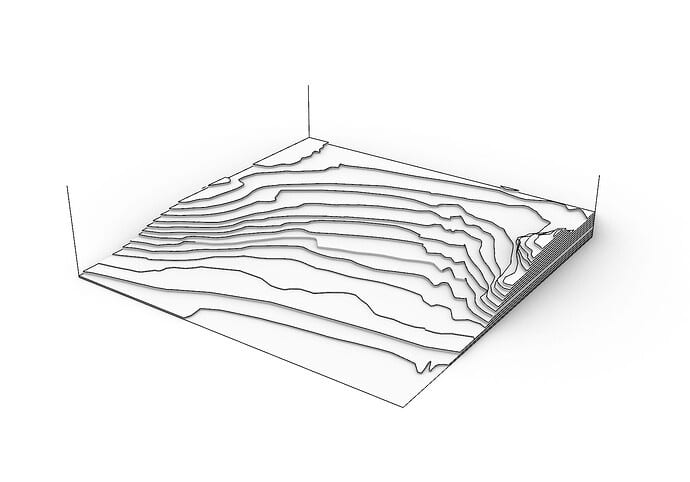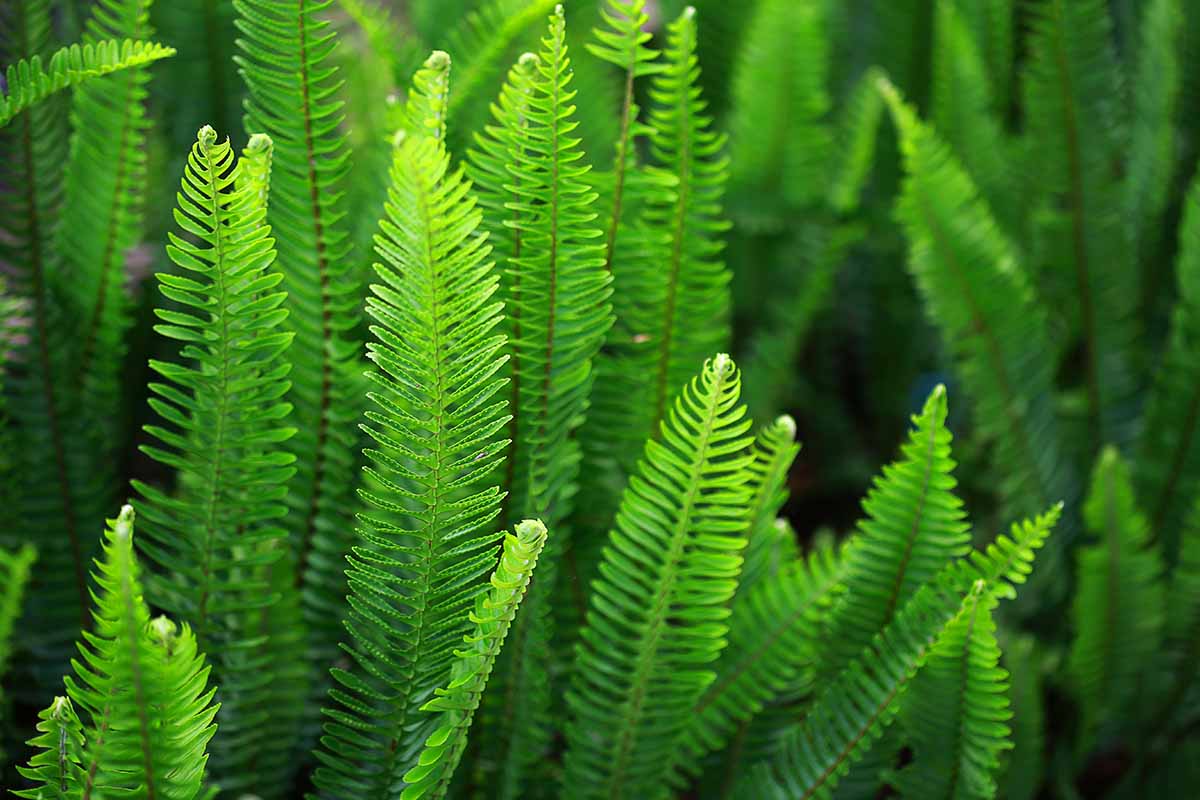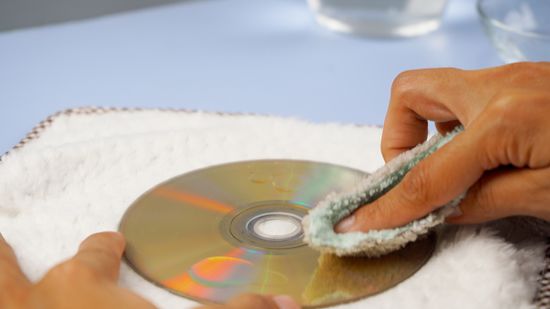There is no one definitive answer to this question, as it depends on the definition of a “tooth.” However, if you include spikes and other bony protrusions that serve a similar purpose, then some dinosaurs could have up to 500 teeth.
The most famous example is the T-Rex, which had around 400 teeth in its mouth at any given time. Other dinosaurs with notably large tooth counts include the Dilophosaurus (with 200-300 teeth) and the Megalodon (with up to 570).

Theropods, a group of dinosaurs that includes Tyrannosaurus rex, had an impressive number of teeth – up to 500 in some species. This allowed them to eat a variety of prey, including small animals, large animals, and even other dinosaurs.
While many theropods had sharp teeth for cutting meat, others had smaller, peg-like teeth that were better suited for crushing bones.
The most common name for a 500 teeth dinosaur is a “Tyrannosaurus Rex.
The mosasaur has 99999 teeth! This marine lizard was a fearsome predator that lived during the Cretaceous period. It had sharp, conical teeth that were perfect for tearing into flesh.
The Tyrannosaurus Rex has over 1000 teeth in its mouth! This makes it one of the most feared predators of the prehistoric world.
The Stegosaurus does not have teeth. It has a beak-like mouth that it uses to eat plants.
The longest name of a dinosaur is the sauropodomorph “Gongxianosaurus junggarensis”.
The fastest dinosaur was the Velociraptor. It could run up to speeds of 45 miles per hour.
The Tyrannosaurus Rex is the strongest dinosaur. It was able to weigh up to 6.8 metric tonnes and it had a bite force of up to 18,000 pounds. This means that it could easily crush bone and other hard objects with its powerful jaws.
In conclusion, the T-Rex has 500 teeth and is one of the most fearsome dinosaurs to ever roam the Earth. It’s important to learn about these creatures so that we can appreciate the history of our planet and understand how we got to where we are today. If you want to learn more about the T-Rex or any other dinosaur, be sure to visit your local museum or check out some online resources. Thanks for reading!



